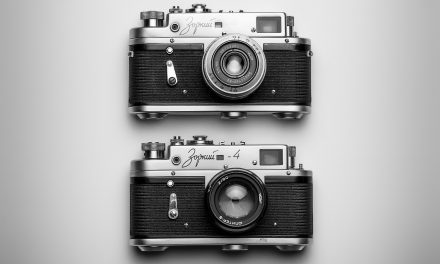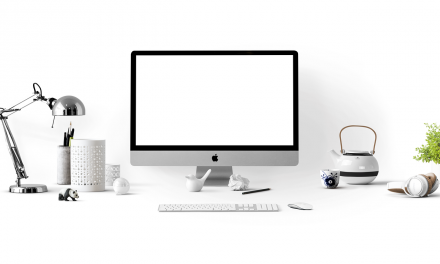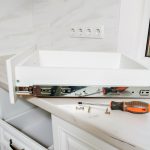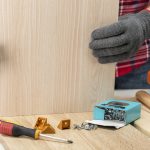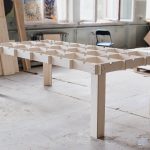It would seem that the choice of a block for a child is limited to a simple choice: drawing or technical. The reality is more complicated and even when choosing a block we can pay attention to the nuances that will determine whether working with such a block will be pleasant and the effect will be long-lasting. We would like to talk to Fila USA about what to look out for when choosing blocks for a school bag.
The subject of block quality is discussed on the basis of the Canson brand. A group of children friendly with Junior sat down to draw and paint using blocks of different purposes: for drawing (thin sheets, smooth texture), for painting (thicker sheets, greater grain size) and technical blocks (rigid and smooth). We have separately checked the quality of the color paper blocks used for cut-outs and tear-outs.
Drawing and technical blocks
The first criterion we should pay attention to is the weight of the block. The indication shall be clear. Canson blocks also have a description on the cover: this block is for drawing, this block is for sketching, and this block is for painting with paint.
The lighter the weight, the thinner the paper. Therefore, blocks of 90g/m2 weight will be used for pencils and crayons. Of course, we can use them to paint with paints, but we must take into account that such a piece of paper may deform under the influence of paints. The more moisture you have, the more wavy the picture will be. That is why it is better to choose a block with a weight of 120g/m2 or more for painting. These sheets will be thick enough to withstand the moisture of the paint, will not corrugate, and the top layers will not start to peel off.
Blocks of 160 and 190g/m2 weight are already technical blocks, which are suitable not only for creating pictures, but above all for cutting out elements and creating various constructions out of them. Hard, stiff paper will allow for precise cutting to the nearest tenths of a millimetre. Moreover, in high quality blocks we are sure that the size of the card is exactly A4 (i.e. 21 by 29.7 cm) and that each card will be exactly the same thickness. In low-quality products, this can be different…
There are also blocks for painting with a weight of 250g/m2, which are much thicker and stiffer than a regular drawing sheet (the Canson Student block contains ten such cards). Such blocks are intended mainly for people who begin to take serious care of painting, especially watercolor paints. The texture of these cards is very grainy and, as we read on the cover, it is suitable for painting with watercolours, gouaches, acrylic paints and inks, but also for drawings with crayons, pencil and coal.
What block of flats can I get to school?
You can ask yourself what block to choose if you want to equip the junior with only one type of drawing block, as usually required by the school. The most versatile are 120g/m2 blocks, which are suitable for painting with paints and on which you can also draw with pencils or pencils.
When choosing a block for a child, it is also worth paying attention to the paper texture. Drawing blocks are smooth and those for painting have a significantly higher grain size, so the paint does not smudge, is better absorbed and allows for more precise lines.
It is also worth remembering that good quality drawing blocks are much more resistant to wiping with an eraser. A child’s hand is less skilled than an adult and when it erases an unsuccessful drawing it usually presses the eraser firmly against the paper. The risk of the sheet being chipped out or torn is much lower for high quality paper.
Colour paper
Blocks of paper for paper cuttings and paper cut-outs can be divided into two categories depending on the technology used to produce them. Blocks made of coloured paper in the mass are more expensive but of much better quality. This means that the paper was coloured at this stage of production when it was still a desktop and only the coloured pulp was formed into sheets. The second category is surface-coloured paper – a long sheet of finished white paper is coated with a dye which then freezes.
Coloured paper in the mass has a number of advantages:
– it does not emit any vapours which may be harmful to health;
– the colours are more intense and even, there are no fragments that are faint or of a stronger colour;
– the colour does not erase;
– When making the tear strips, there is no white border at the tear-off point because the entire paper is coloured;
– if you use such paper for painting, the colour will not dissolve under the influence of moisture.
When buying good quality color paper, we are also sure that no color will repeat (there will not be two cards of the same color in the block as happens in the cheapest products) and that all the cards will be of the same thickness.
Producers of high quality colour paper blocks want to emphasize this information, so on the cover of the block you can find a clear marking of the use of colored paper in the pulp. If the paper has been dyed after
School layette we test drawing blocks technical and colour paper

